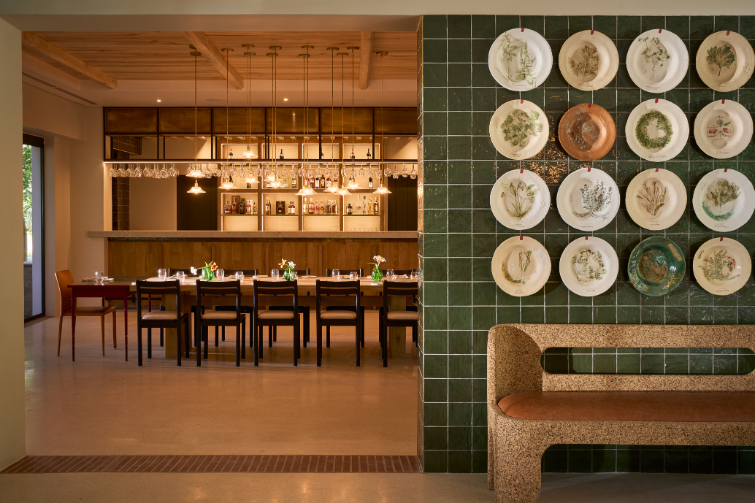For decades, wine producers, distributors and marketers have been drawing a straight line between bottle weight, price and quality. Thanks to a new initiative by the Sustainable Wine Roundtable (SWR), this trend’s days may now be counted.
For years, journalists and critics such as Jancis Robinson have faulted wine producers for using heavier bottles despite claiming a commitment to sustainability. Some producers, often in Europe, took the initiative to rethink the carbon footprint of their packaging.
But research undertaken by the Sustainable Wine Roundtable (SWR), of which WoSA is a founding member, showed there was enough room for a more concerted approach to reversing the unsustainable consumer trend of associating bottle weight with the price of the wine, or even its quality.
As a result, the SWR spearheaded the SWR Bottle Weight Accord, a voluntary commitment by participating retailers and producers to reduce the average weight of 750 ml still wine bottles to below 420 g by the end of 2026, through phased reductions while reporting their progress to the SWR.
“The Accord began as a six-month research process trying to define an evidence-backed collective position for SWR on wine bottle weight,” says Sustainable Wine Roundtable research director, Dr Peter Stanbury, who headed the study. It made sense to focus on bottle weight first, he says. “Of all of the environmental impacts of wine, the bottle is the single most significant. Depending on how you count, between a third and a half of the total carbon footprint of wine comes from the bottle.”
Findings
The SWR research revealed the perception that consumers prefer heavier bottles because they associate it with better quality, is oversimplified. It can play no role in online sales. And most experienced wine drinkers – people most likely to be looking for quality – realise there’s not necessarily correlation. “Inexperienced drinkers and more likely to default to factors like wine bottle weight than others,” Peter says.
Factors that carry more weight in consumers’ wine choices include the labels, information about the wine (such as its sustainability credentials), origin, and price.
Bottlers also didn’t seem to have a problem adapting their processes. “I interviewed perhaps 20, 25 different producers from around the world and a number of them were already using much lighter bottles even than 420 grams and not really having any problems with using lightweight bottles,” Peter says. “Lighter weight bottles just need slightly more careful handling of a bottling line to avoid micro fractures that could lead it to break further down the line.”
The key finding was that consumer perceptions on bottle weight are not a sufficient reason to limit the use of lighter bottles. “Lighter bottles can be used on most supply chains with no real problems.”
Reaching an Accord
At the launch, Jancis Robinson noted the Accord targets only average bottle weights and expressed her hope that retailers would begin to counter “the erroneous notion that there’s a direct correlation between bottle weight and wine quality”, and to persuade more premium wine producers to appreciate the advantages of using lighter bottles in the light of greater consumer understanding.
Leading wine retailers from around the world have already signed up to reduce the average weight of 750 ml still wine bottles in their range. These include Laithwaites Wine, Lidl GB, Naked Wines UK, Naked Wines USA, Systembolaget AB, The Wine Society, Virgin Wines, Waitrose and Whole Foods Market.
The research found the average 750 ml still wine bottle today weighs approximately 550 grams, and the SWR Bottle Weight Accord asks signatories to commit to reducing their average bottle to less than 420 grams by the end of 2026. “That’s roughly a 25% decrease in the carbon footprint of the wines that those retailers will be selling.”
“The aim over time is to knock off the heaviest bottles,” Peter says. “It’s a question of starting somewhere and moving forward. We’ve arrived at 420 gram as our light-weight benchmark, but over time we’ll get lighter still as we get rid of some of the heaviest bottles.”
The heaviest bottle the team encountered tipped the scales at 2.65 kg (‘not so much a bottle as a lethal weapon’, as Peter quipped). Such excesses are becoming hard to justify.
Local challenges
Due to the wide variety of members and distribution networks being employed the Sustainable Wine Roundtable research took local conditions into account. “The research behind the Accord included conversations with people in all parts of the global wine industry, including South Africa,” Peter says. “Two specific issues were raised. The first was that it is not always possible to source locally produced 420 g bottles, so they have to be imported; the second is the importance of bottling in-country to preserve jobs.”
“We understand from conversations with the bottle makers that the former issue has been resolved. We believe that the huge benefit of this Accord being undertaken under the SWR is that we represent the whole industry. As a key plank of our next phase of work, we will be working to ensure that the Accord is delivered, and that local challenges such as those raised in South Africa are properly addressed.”
The bottle availability issue was raised also by some small producers in France, as larger producers buy up all the lighter bottles, according to Peter. “It wouldn’t be fair for them to be excluded from supply chains for something they can’t control. Our role will be to identify challenges like this and sort them out.”
The SWR will assist its members and producers to access lighter weight bottles and help bottlers adapt their filling lines to accommodate the changes. “Those participating in the Accord are able to demonstrate that they’re not just talking about sustainability, but they are taking tangible action to deliver it,” Peter says. “As a membership organisation, SWR also wanted to use this as a way of demonstrating the value of collective action.
Wine businesses and organisations can contact Tom Owtram, General Manager at SWR, to become involved.













